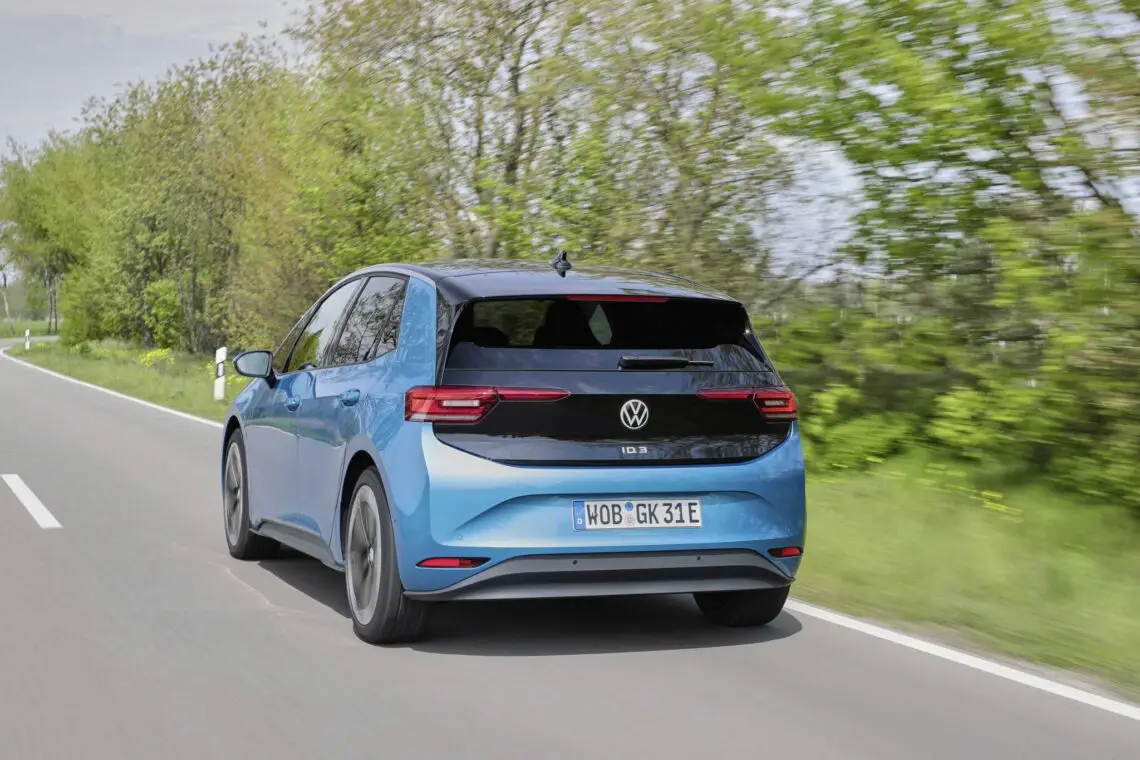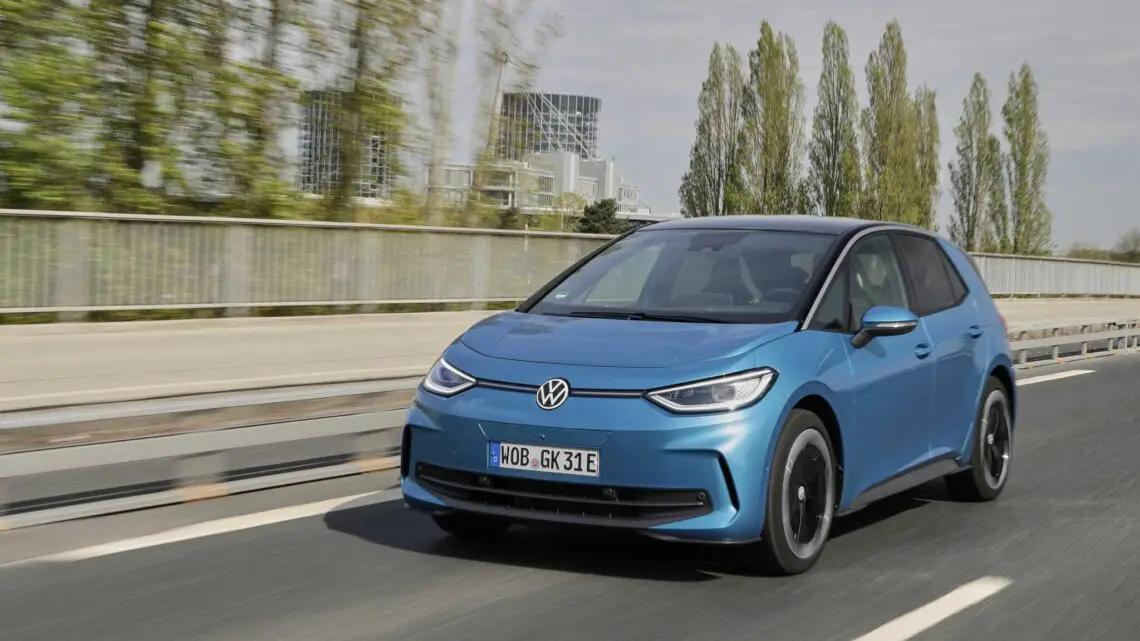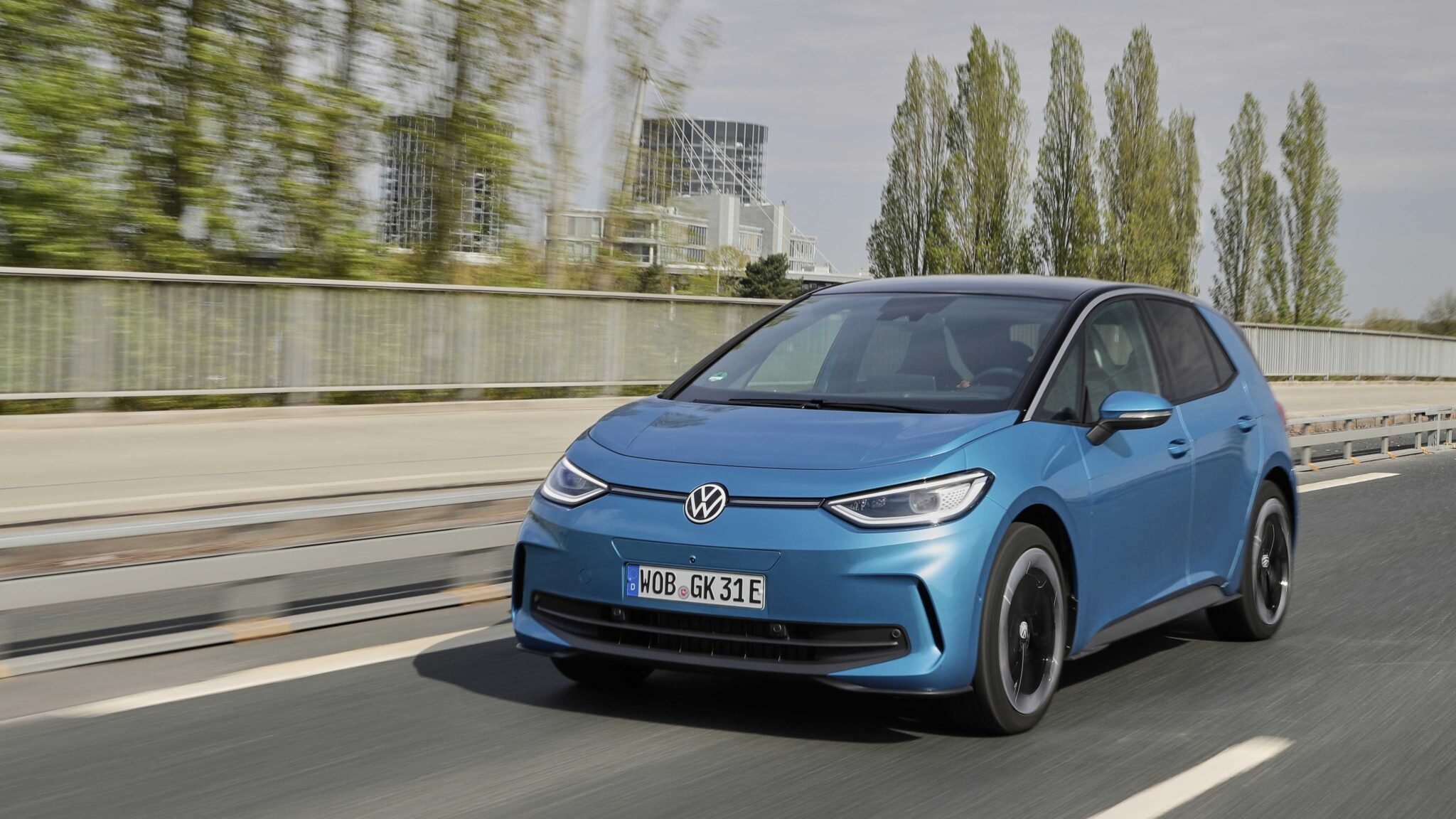Practical test: That’s how much range a Volkswagen ID.3 loses after four years and 160,000 kilometers
German solidity?
Car manufacturers promise that batteries in electric cars like the ID.3 will last much longer than the battery in your smartphone, which often gives up after only a few years. They are therefore creating significantly better conditions for EV batteries. Where your phone battery is charged daily from empty to full without cooling, an EV battery is actively kept at temperature and smartly charged, with sometimes limited charging speed.
Yet many people still doubt its longevity. The ADAC therefore took the test and drove a Volkswagen ID.3 for four years. It covered 160,000 kilometers. The car was put through its paces: often hard driving, sometimes rough use and not always friendly to the battery. Yet the battery pack remained in remarkably good shape.

Battery loss ID.3 not too bad
In the beginning it went hard: after only 21,000 kilometers, the State of Health (SoH) was already at 96 percent – a loss of 4 percent capacity in other words. But after that, the loss stabilized. At 160,000 kilometers, the SoH was still 91 percent. In short: after 160,000 kilometers, the battery health is still 91 percent. By comparison, Volkswagen guarantees up to 70 percent battery capacity. So that lower limit is far from in sight.
ID.3 Pro S
The ID.3 we tested was a Pro S version with a 77 kWh battery. On paper good for 525 kilometers of range. In reality, according to the ADAC, that range was between 300 and 400 kilometers, depending on conditions.
Average electricity consumption came out at 23 kWh per 100 kilometers. This was obviously lower in summer, but higher in winter. Interesting detail: software updates had a noticeable influence on consumption. Thanks to improvements in temperature control, consumption decreased over time.

Low maintenance
Maintenance costs were relatively low. In four years, only two service intervals were required, costing 500 and 427 euros. Still, not everything went smoothly: the ID.3 had to deal with a faulty driveshaft, a stuck tailgate, a broken GPS antenna and finally a failing 12V battery. No shocking breakdowns, but it wasn’t completely worry-free either.
Used, but far from running out
After four years and 160,000 kilometers, the ADAC put the ID.3 on the bridge for a comprehensive occasion inspection. What transpired? Some stone chips, a dirty radiator and slight wear on the chassis – but nothing to worry about. The overall impression: a used car, but in fine condition. The end is not yet in sight. The ADAC now wants to continue driving until at least 250,000 kilometers to see how the car holds up in the long run.

